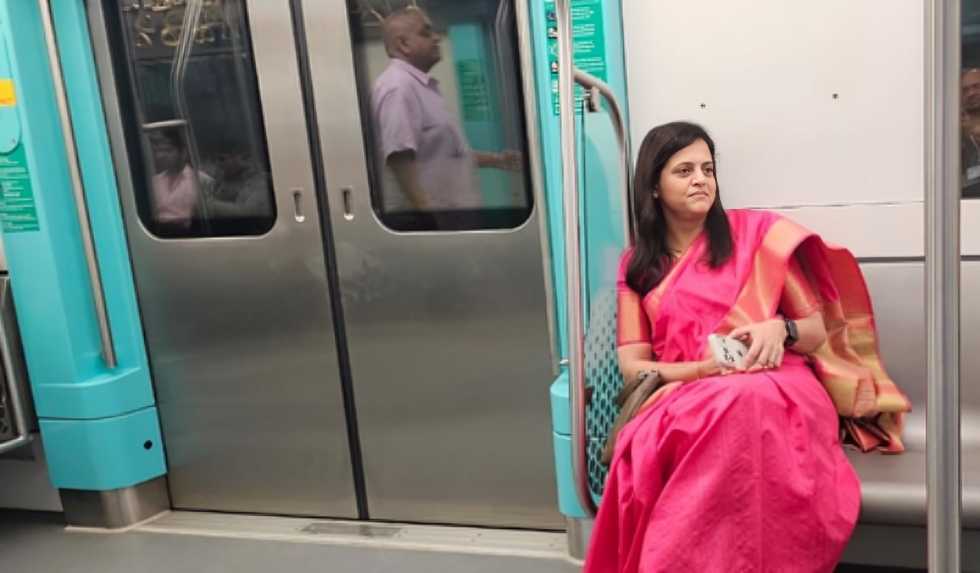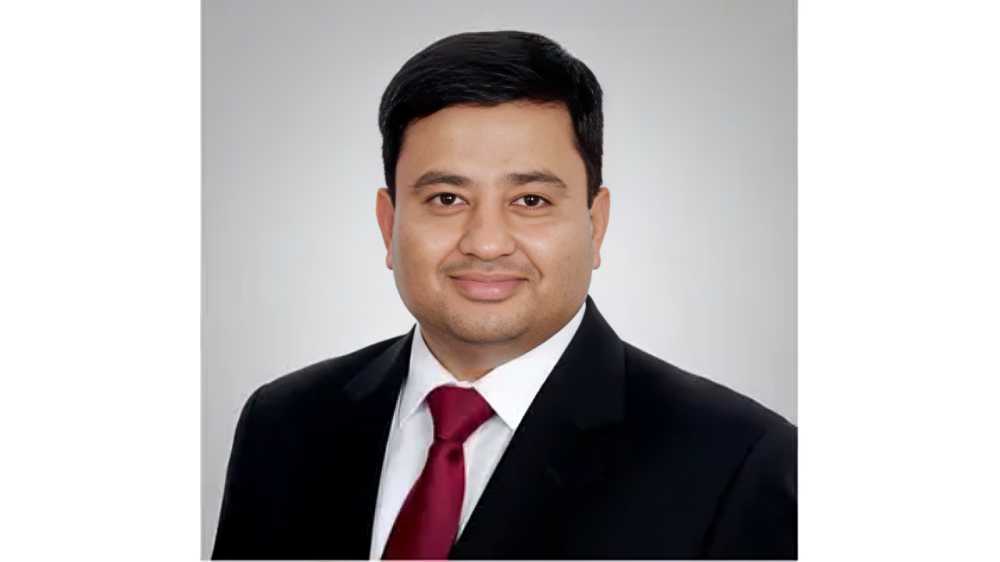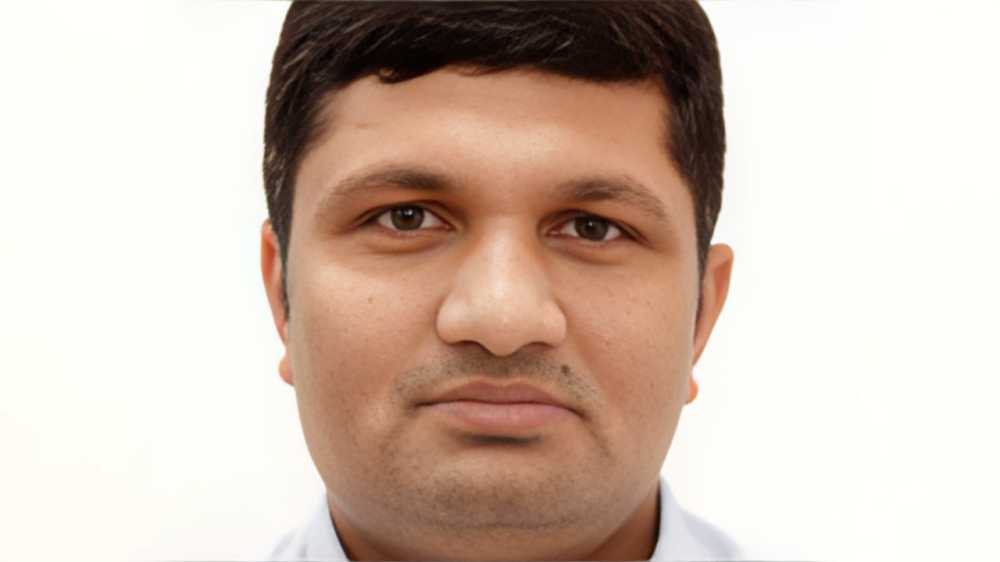Additional Municipal Commissioner Abhijit Bangar describes the BMC’s strategies to prevent future mistakes in the wake of the Gokhale bridge delays. After one of the city’s most delayed but significant infrastructure projects, Bangar updates midday on what’s happening, from creating SOPs for all bridge construction to enhancing coordination with railroads and addressing rehabilitation bottlenecks.
What lessons has the Gokhale bridge experience taught BMC?
For all upcoming bridge projects, we now want to develop a standard operating procedure (SOP). Traffic won’t be stopped until we are certain we will fulfil deadlines, and a thorough schedule will be prepared. For instance, there were significant setbacks in the Sion bridge case due to a delay in moving high-tension electrical cables after traffic was stopped. We want to stay away from such situations.
What are the primary barriers to building bridges in the city?
Rehabilitation is a serious issue. If we manage projects in accordance with a schedule, they can stay on course. For instance, it is anticipated that the Belasis bridge at Mumbai Central will be completed by November 30, 2025; however, this is reliant on the prompt relocation of eleven structures.
What are delays caused by many agencies working together?
We continue to engage with the Railways. Due to the involvement of both agencies, the only choice is to conduct routine follow-ups. Approval of general arrangement drawings, or GADs, is another time-consuming but essential procedure.
Source: Mid- day.





